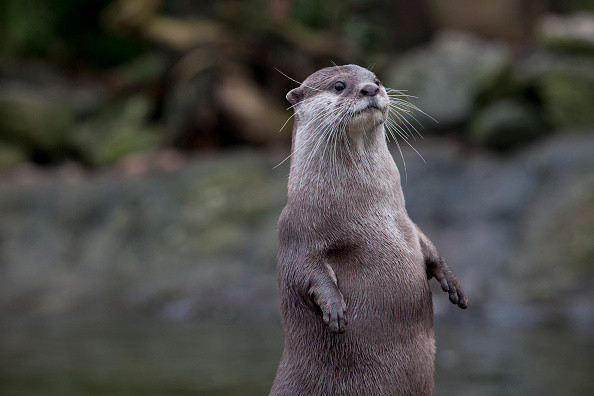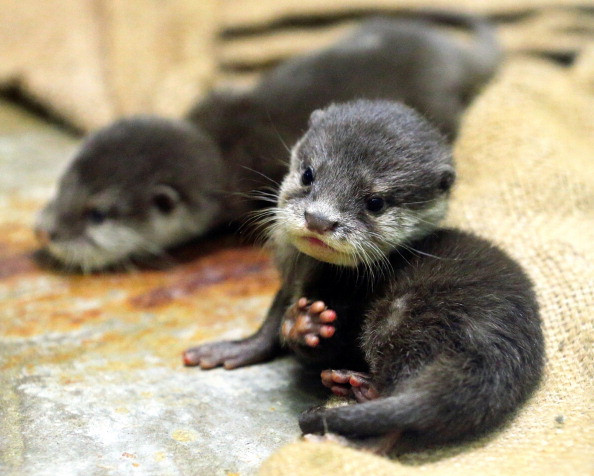Otters increasingly trafficked for their furs or for the illegal pet trade in Asia
Most of the illegal activity was reported in India

Traditionally hunted for their fur and skin, otters are increasingly sold in the illegal pet trade, a study has found. India appears to be particularly involved in such trafficking, with more than half of the otters seized in south Asia reportedly taken in that country.
Otters are semi-aquatic mammals which can vary in size depending on the species. The Asian small-clawed otter for instance is the smallest species of otter in the world, measuring between 70 and 100cm. It also distinguishes itself with very small claws, as the name suggests.
Otters have a very wide distribution from India in south Asia eastwards through south-east Asia to the Philippines, Taiwan and southern China and they are also present in Africa and Europe in the case of the common otter.
Depending on the species, otters were classified either as "near-threatened" or "vulnerable" in the world conservation unit IUCN's red list of threatened species in 2008.
This is mostly because their habitat is extremely vulnerable to man-made changes and is progressively being destroyed, leaving all of them at risk of extinction.
However, the new report published by TRAFFIC, the wildlife trade monitoring network reveals that the small mammals are also threatened by poachers, not only to satisfy Chinese demand for fur, but also to be sold as pets around the world.
Seizures in India
The report focused on four types of otters found in Asia: the Asian small-clawed otter; the smooth-coated otter; the hairy-nosed otter; and the Eurasian otter. In total, since 1980, some 6,000 otters have been captured during 167 seizures in south and south-east Asia. Some 53% of these seizures occurred in India, despite a national law being in place to protect the animals.

The researchers noted a rise in the number of otter skin seizure cases over the years, although the quantities decreased each time. From two to three cases a year in the 1980s averaging 50 individuals per seizure, there about eight seizures a year of about 30 individuals each last year. This could be both good and bad news: enforcement efforts could be improving but the lower quantities could also indicate a decline in otter populations.
But another important new trend emerged. Officials say they have seized more live otters in recent years, which were destined for the illegal pet trade. Because of their small size, there is a particularly high demand for Asian small-clawed otters to be sold as pets.

It is likely that the trade could be much larger than expected, as many seizures are often missed. The TRAFFIC scientists call for more research to be carried out in order to better understand the extent of the otter trade and find out how it could be prevented.
© Copyright IBTimes 2025. All rights reserved.





















